
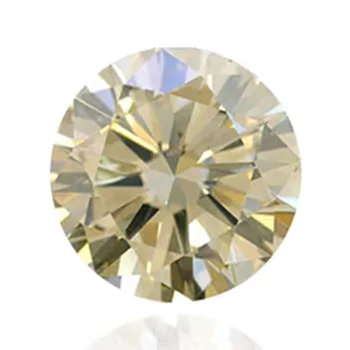


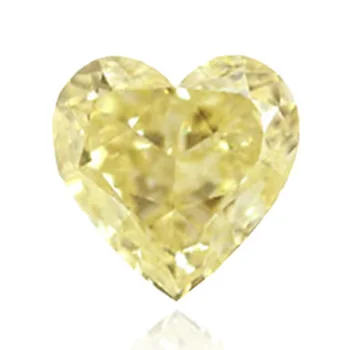
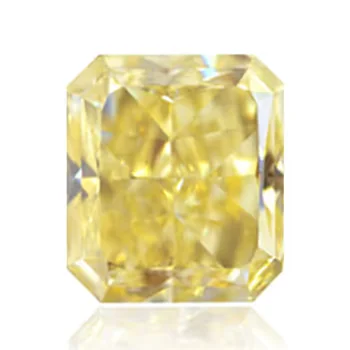
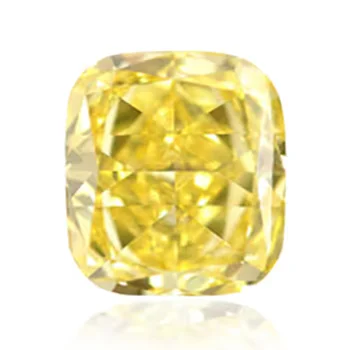
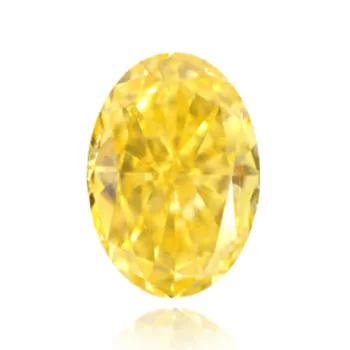
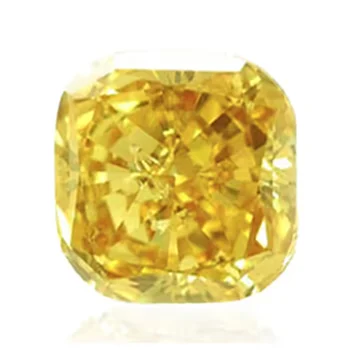

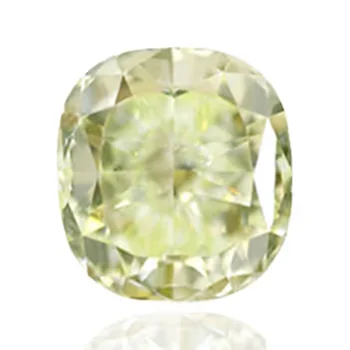
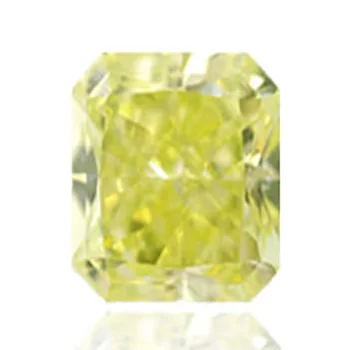
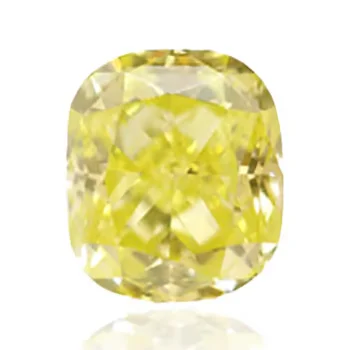
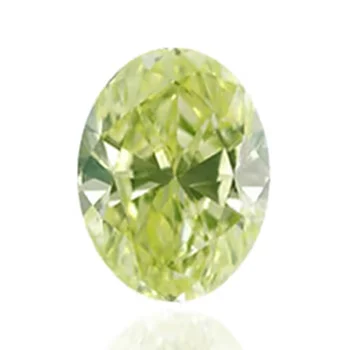
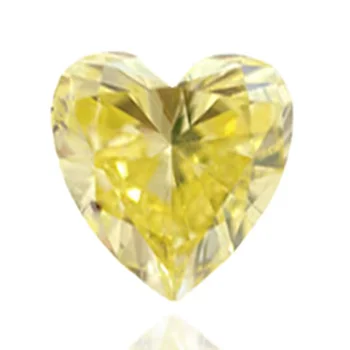
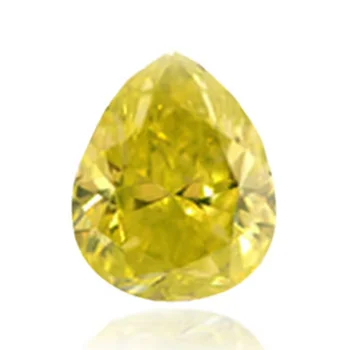
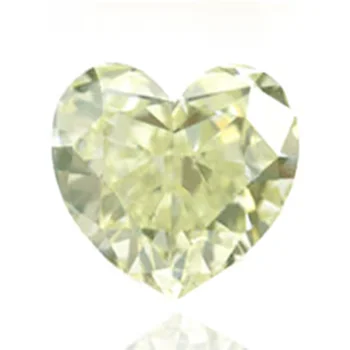
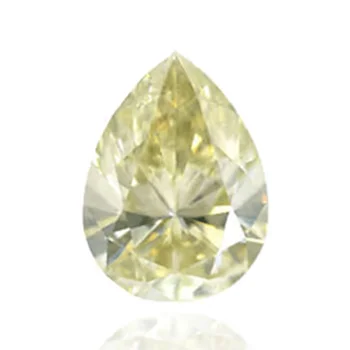
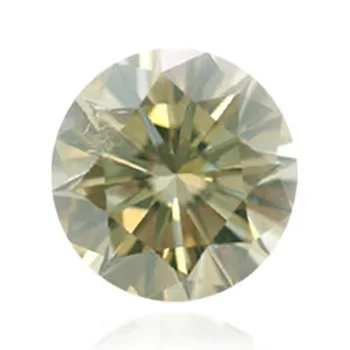
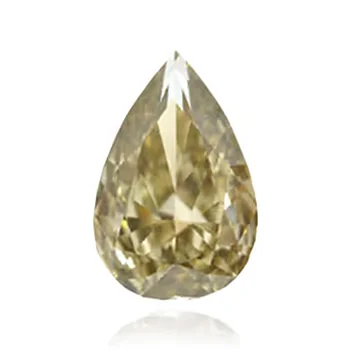
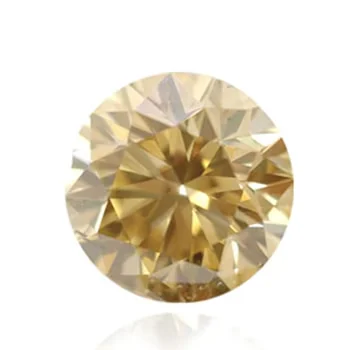
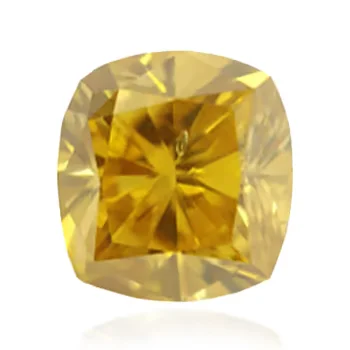
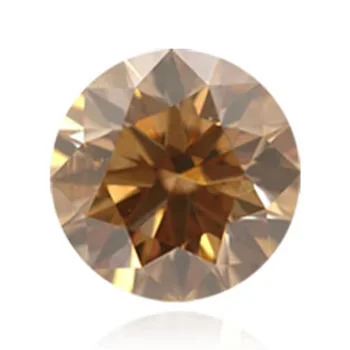
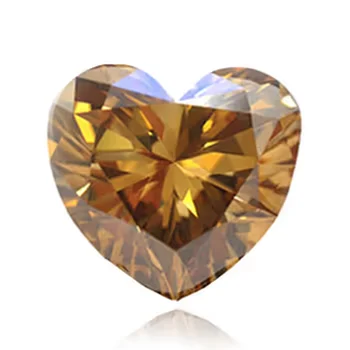
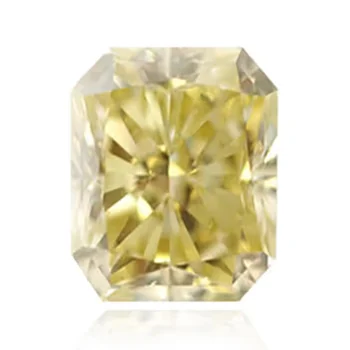

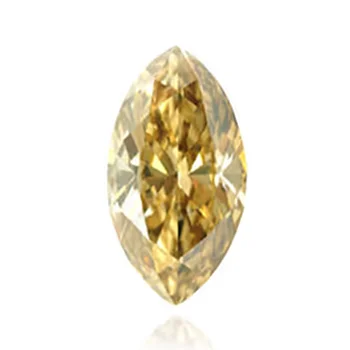
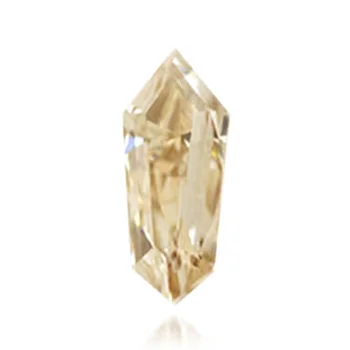

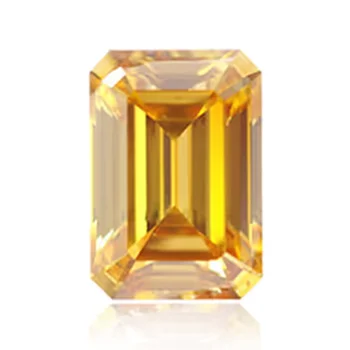
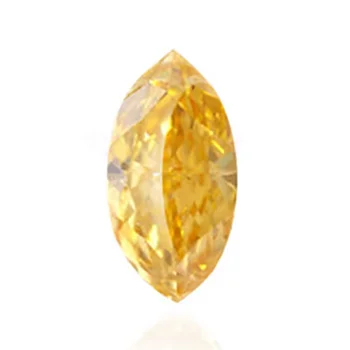

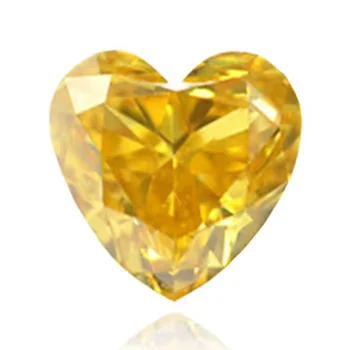
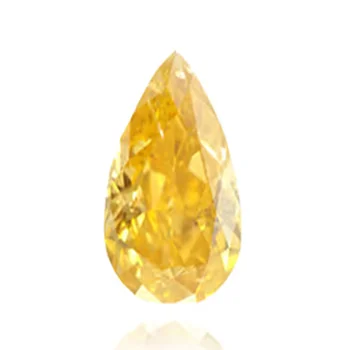

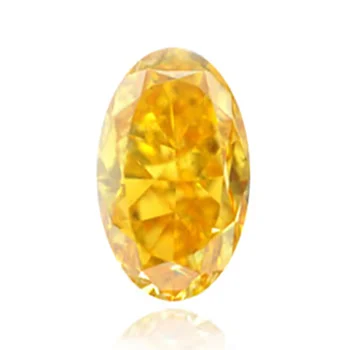


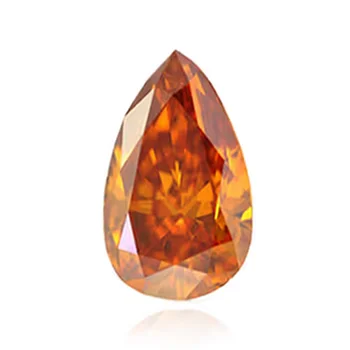

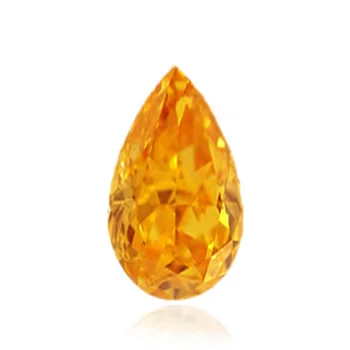



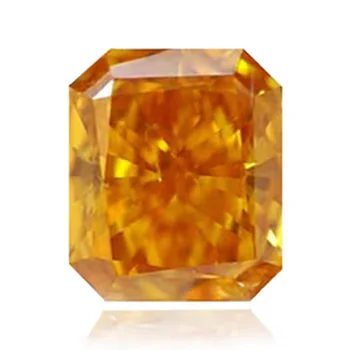
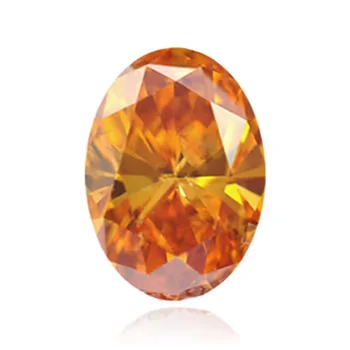
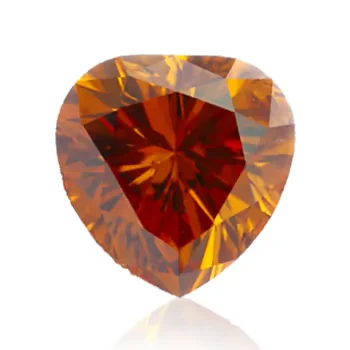
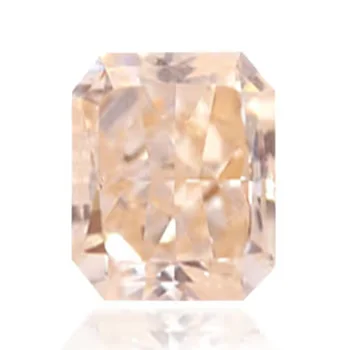
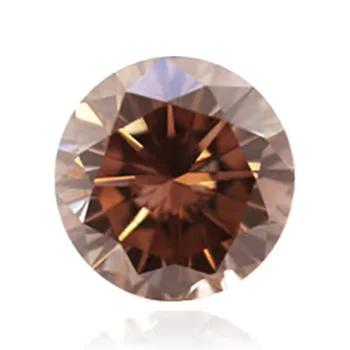
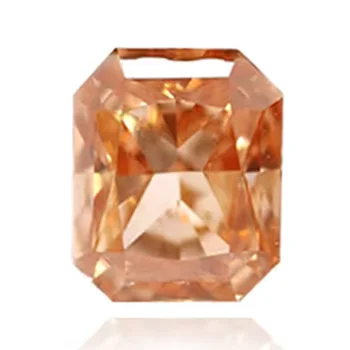

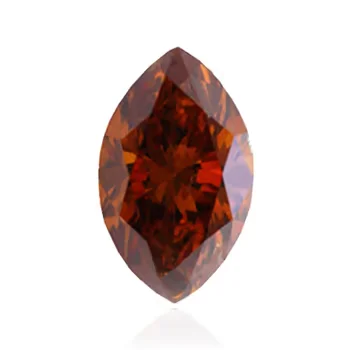
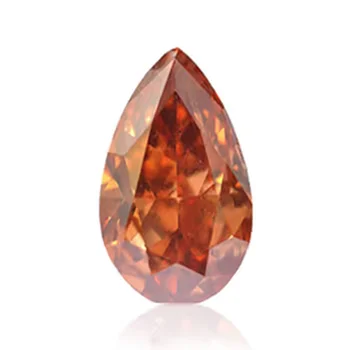

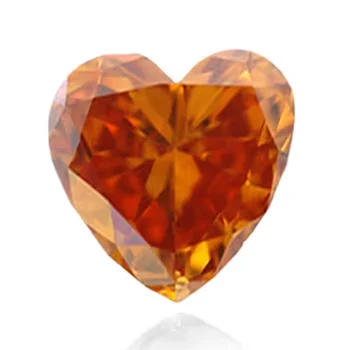
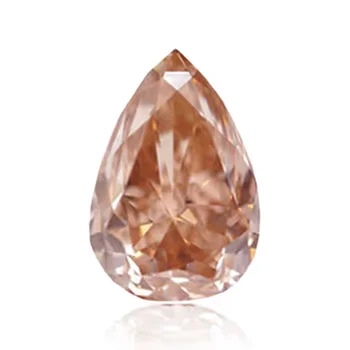

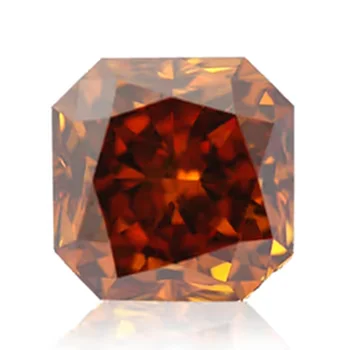
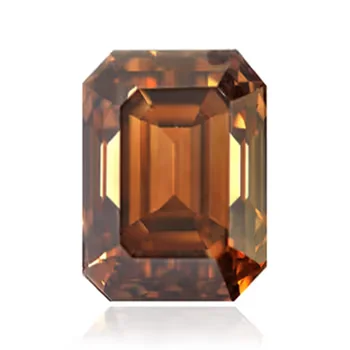
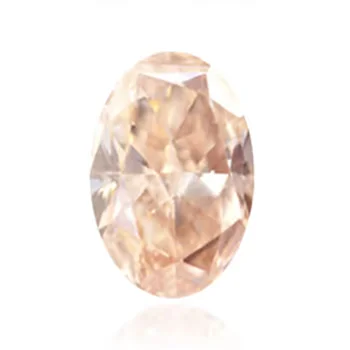
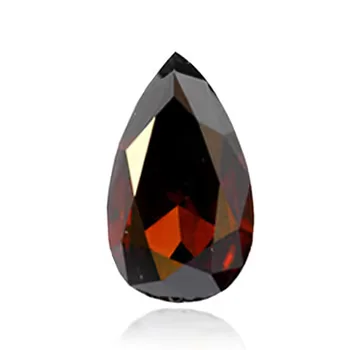
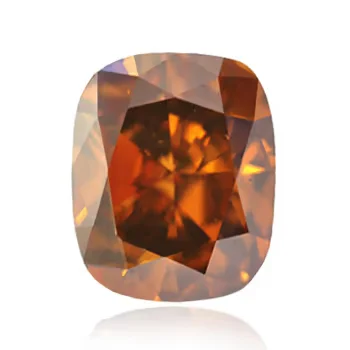

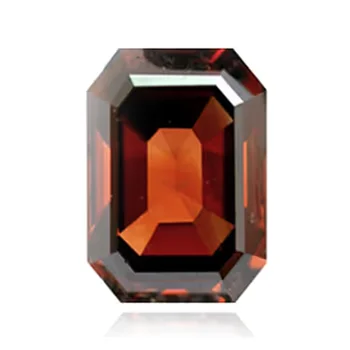
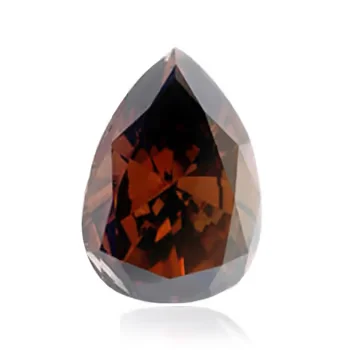
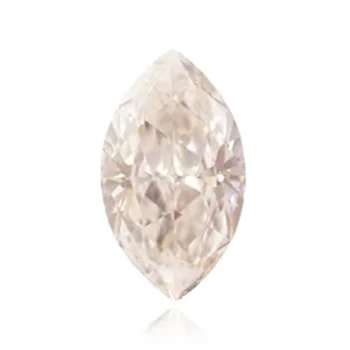
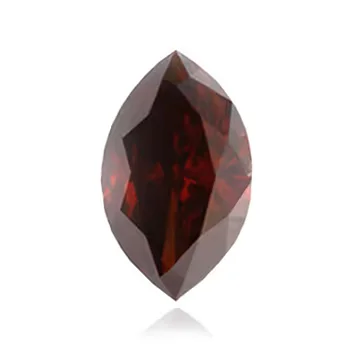


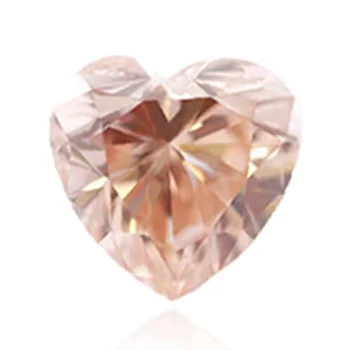




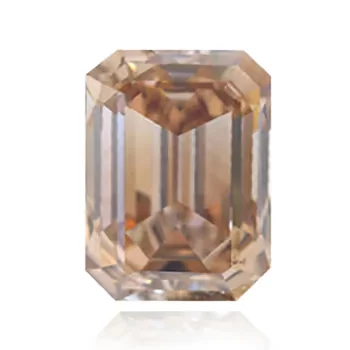
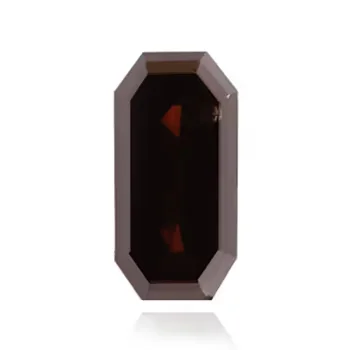
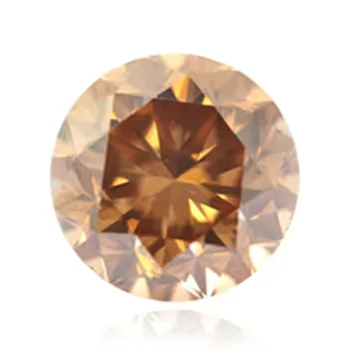


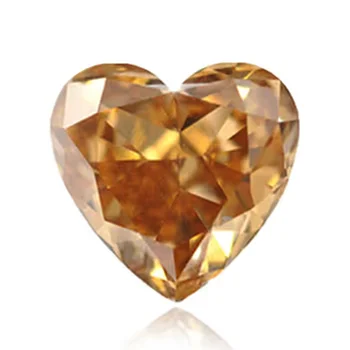
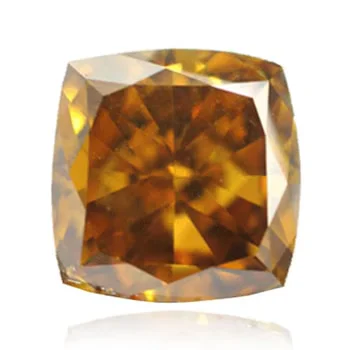
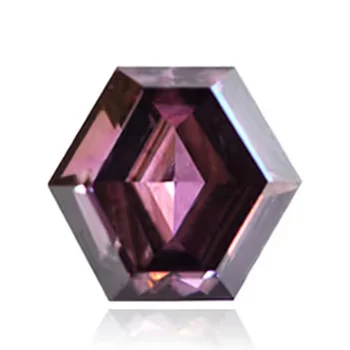

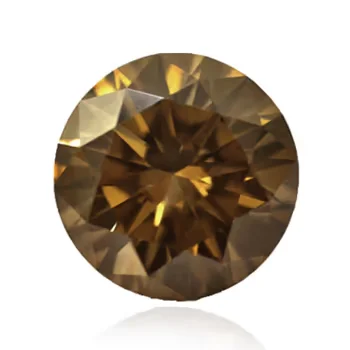
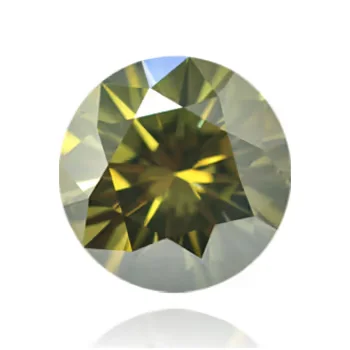

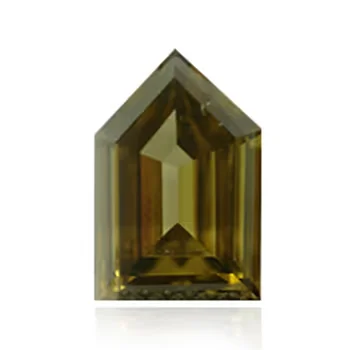
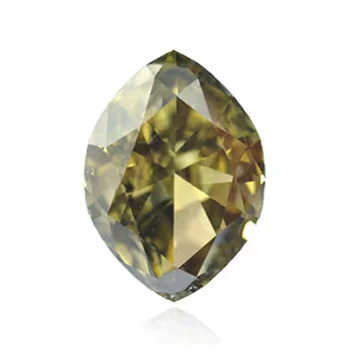
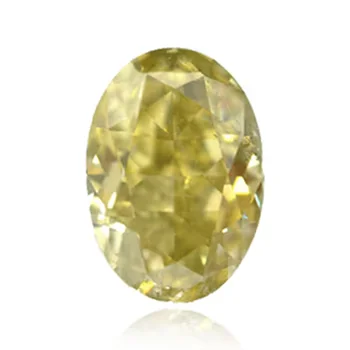
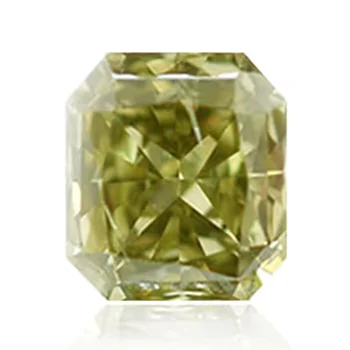
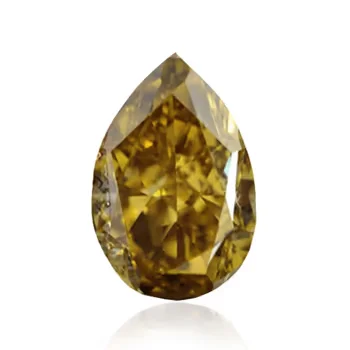

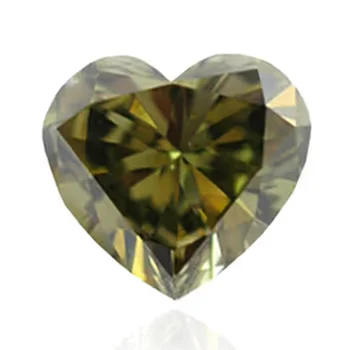

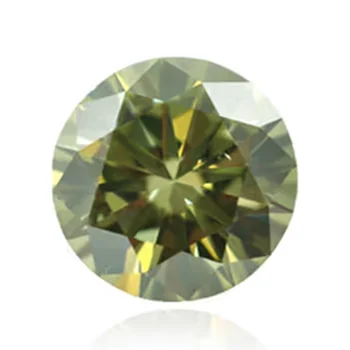
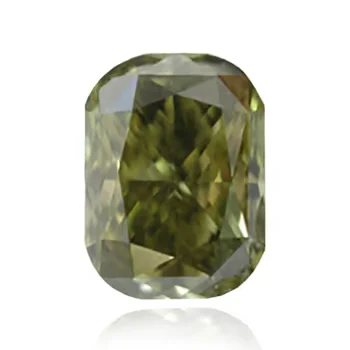

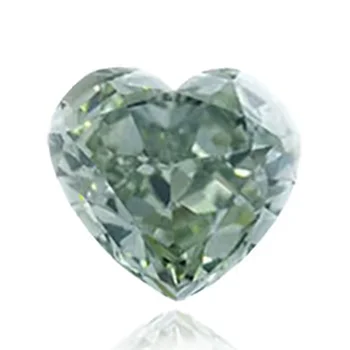
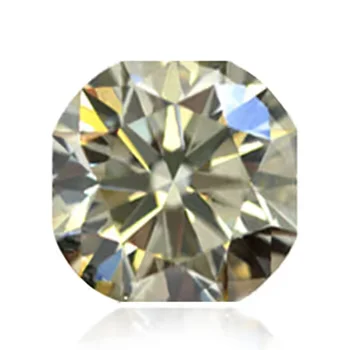
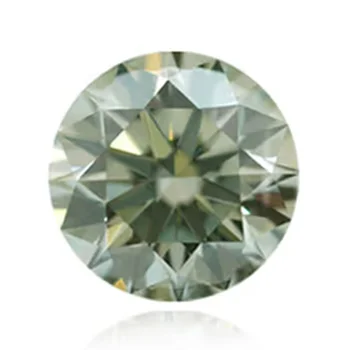

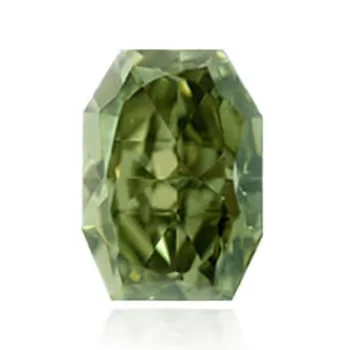
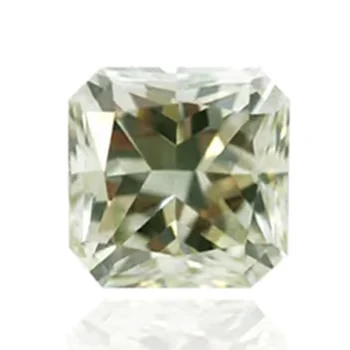
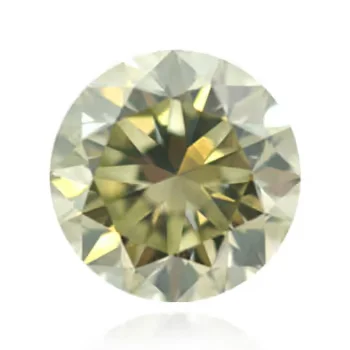

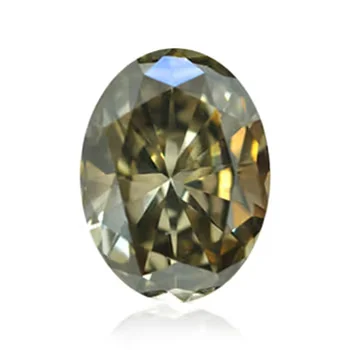
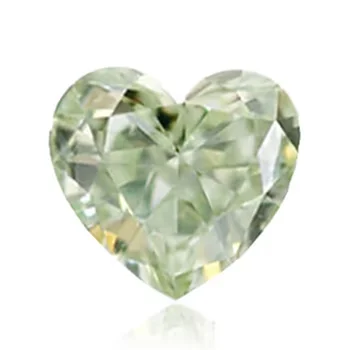
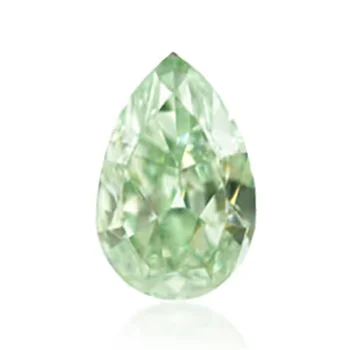
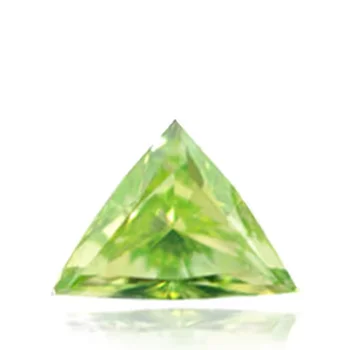
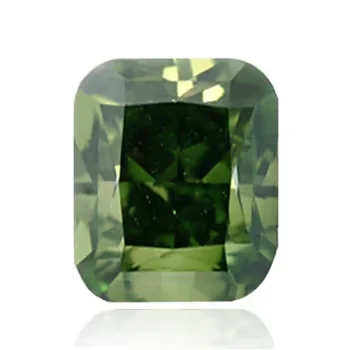
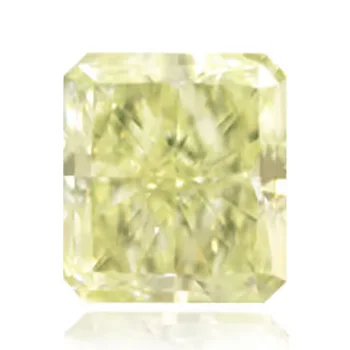



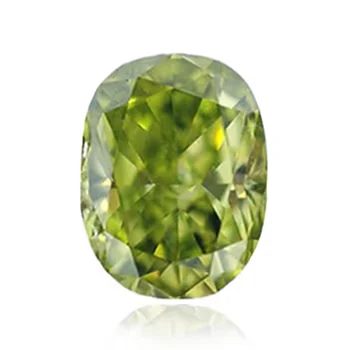
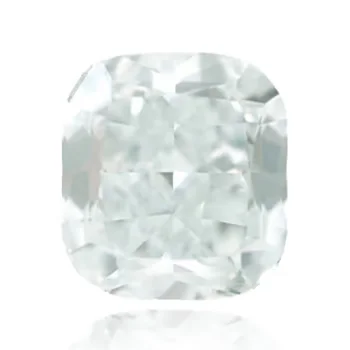
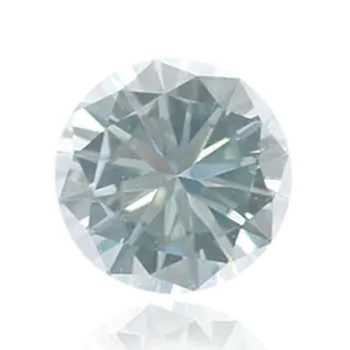
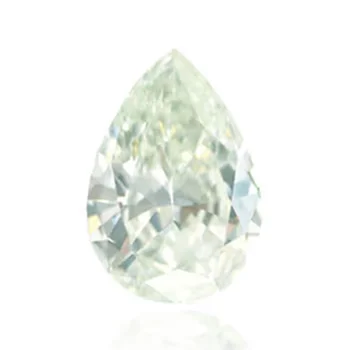
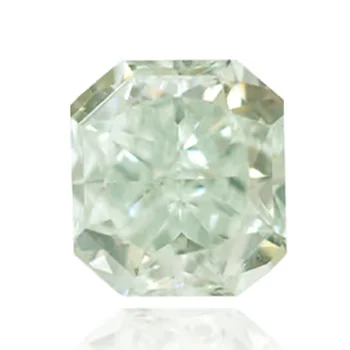
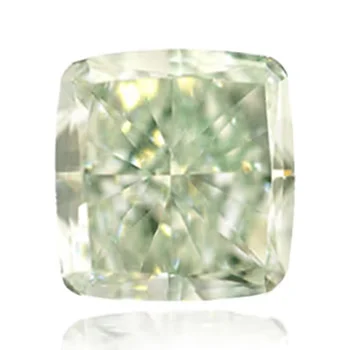
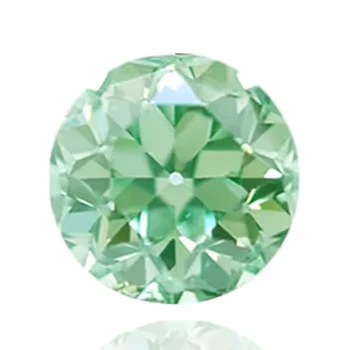
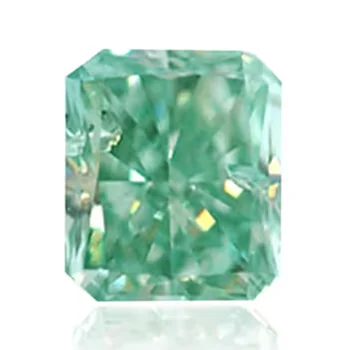
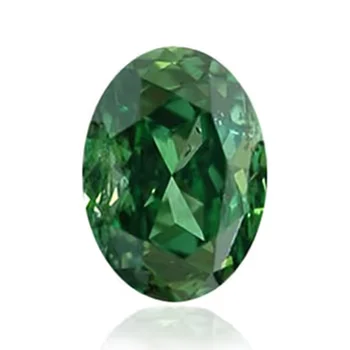
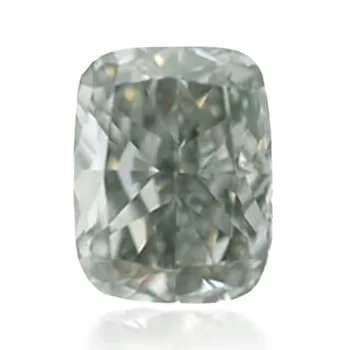
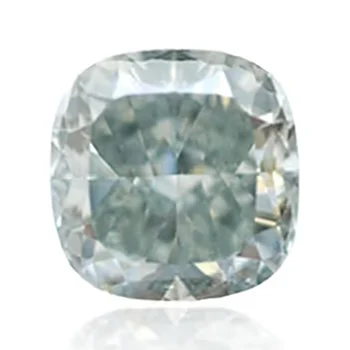

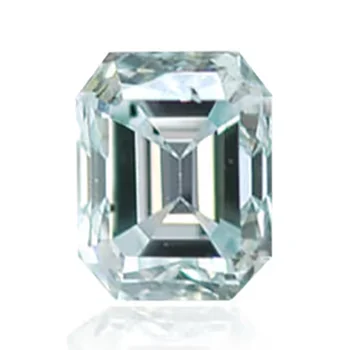

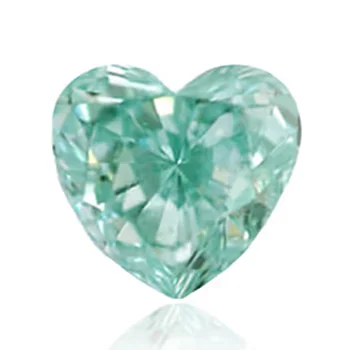

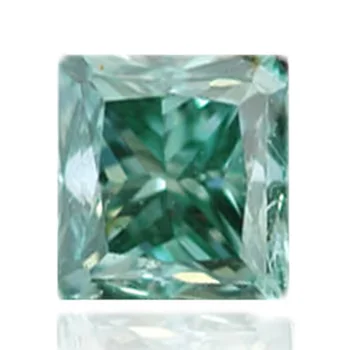
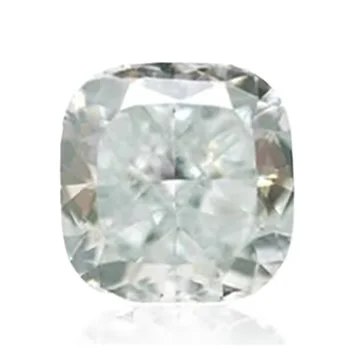
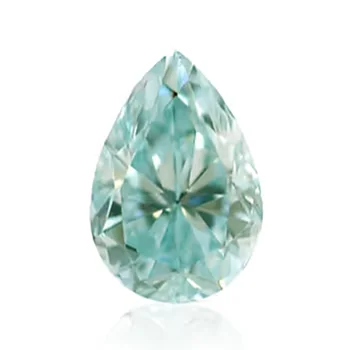
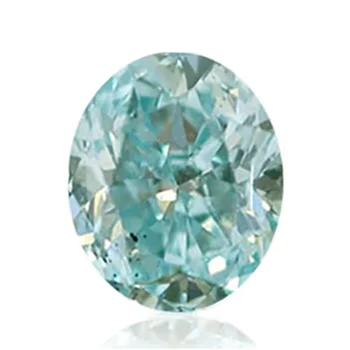


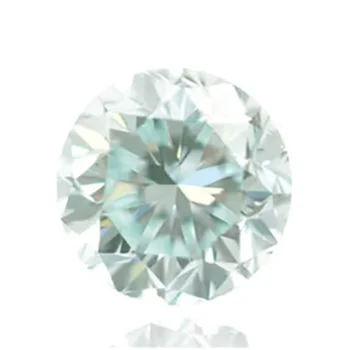
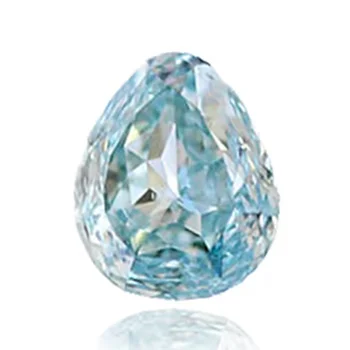



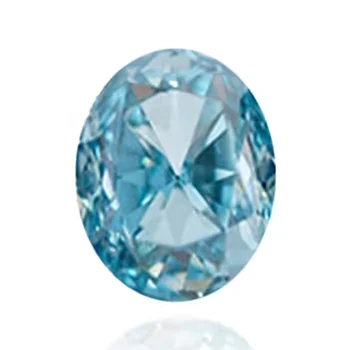
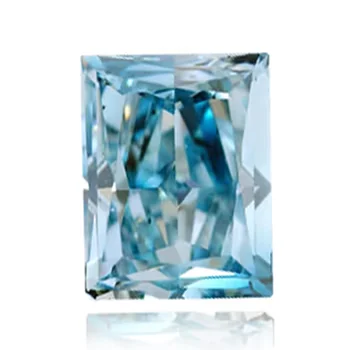

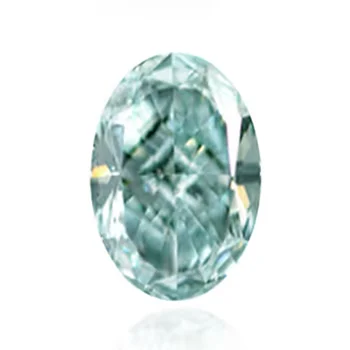

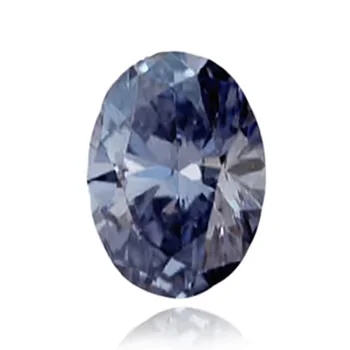

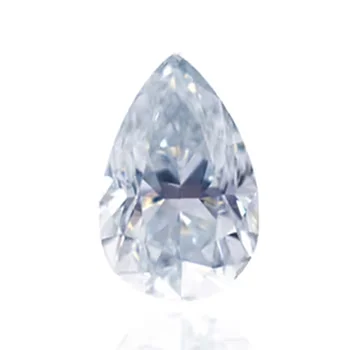
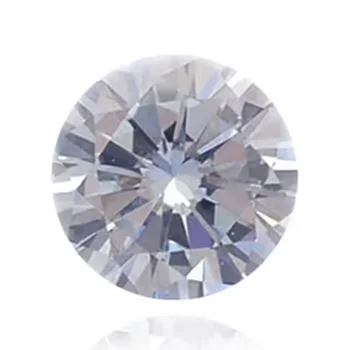
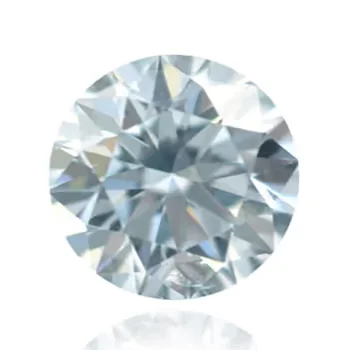

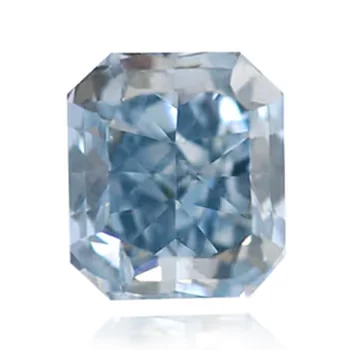
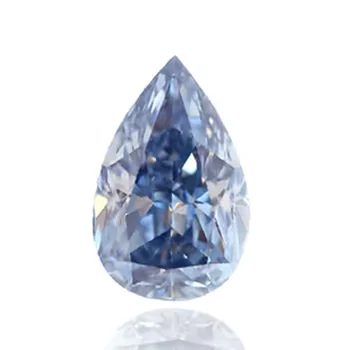

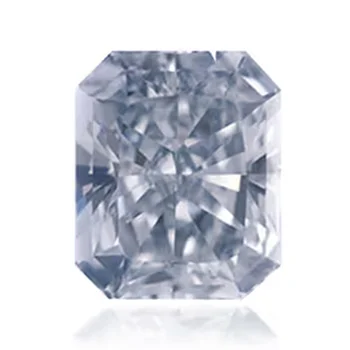
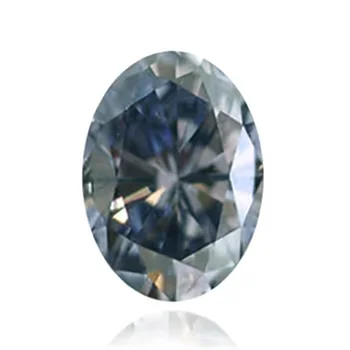
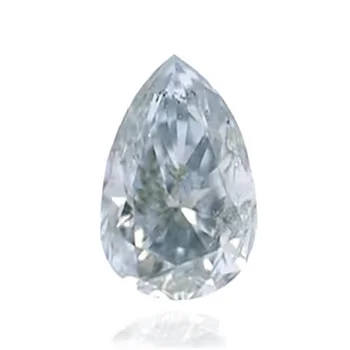
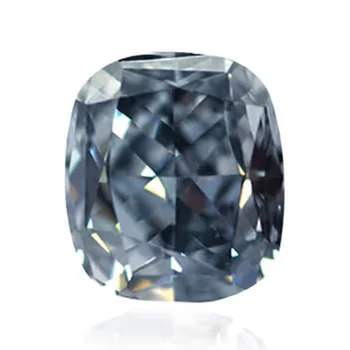
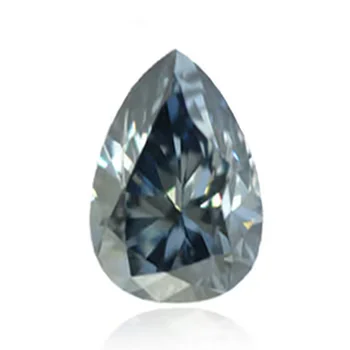



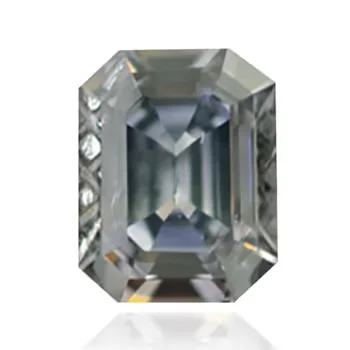

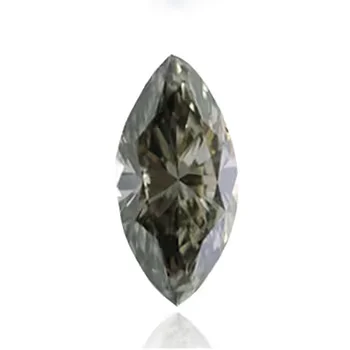


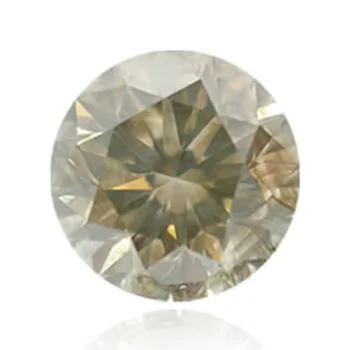

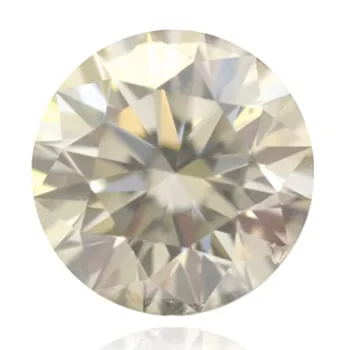

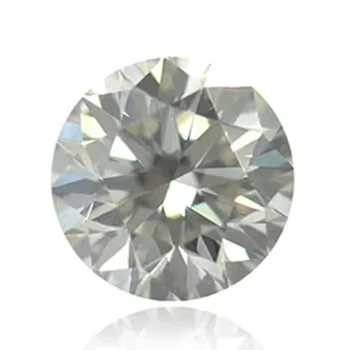


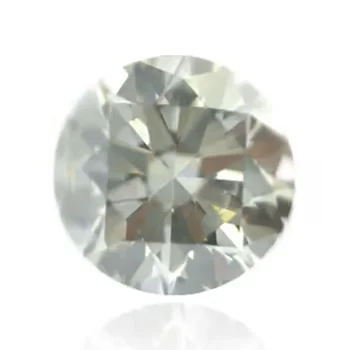
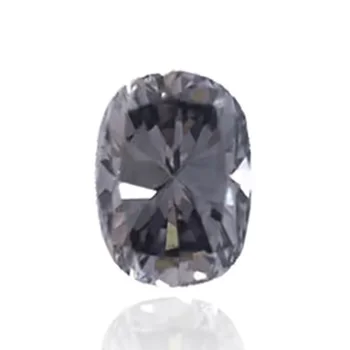
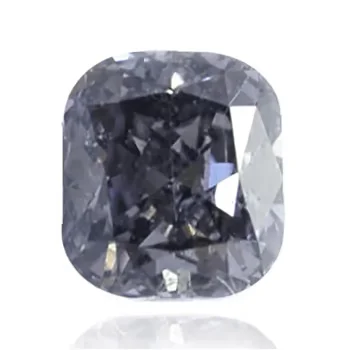
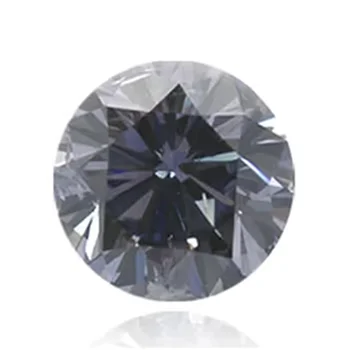
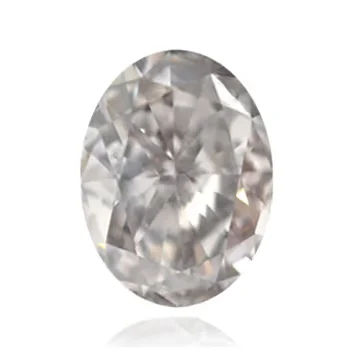
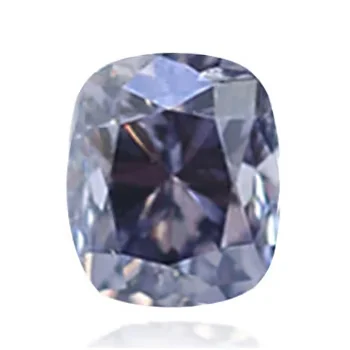
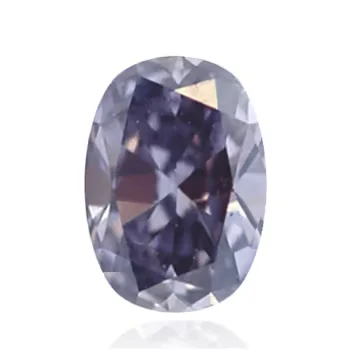
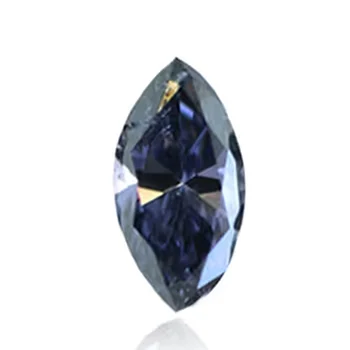
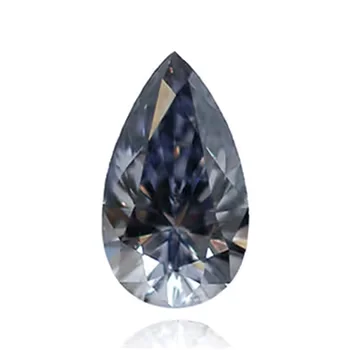

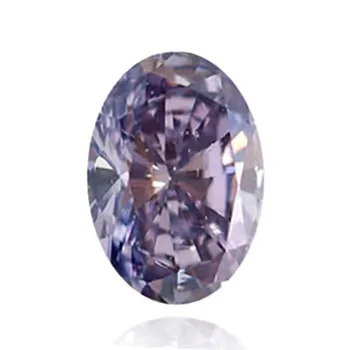
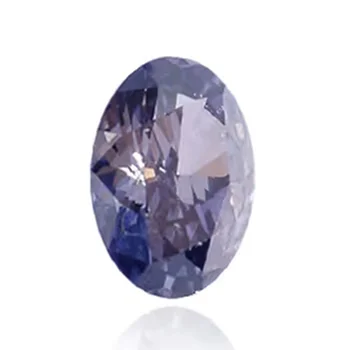


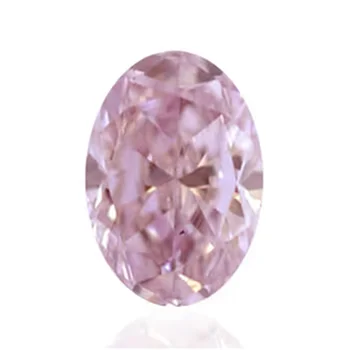

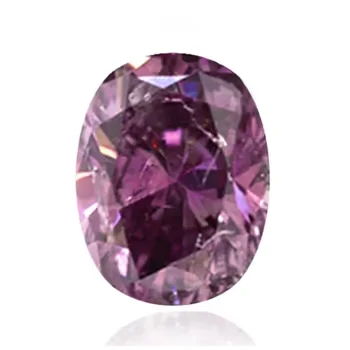

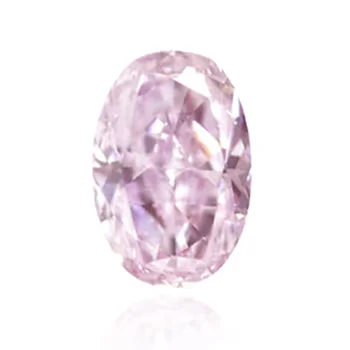
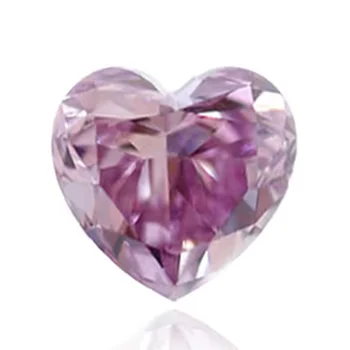
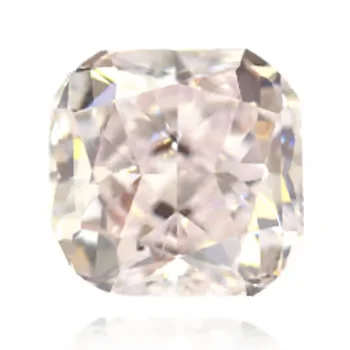
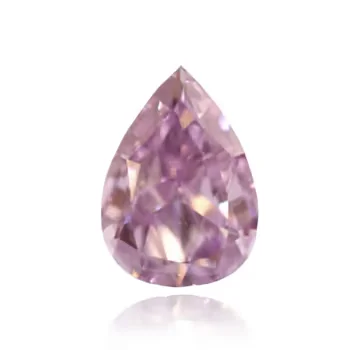


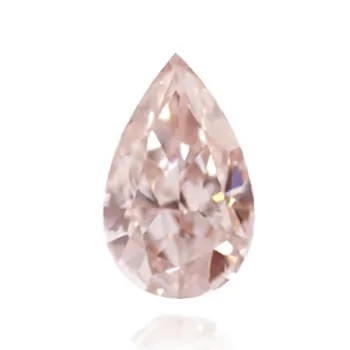
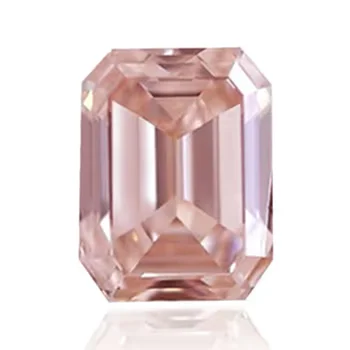
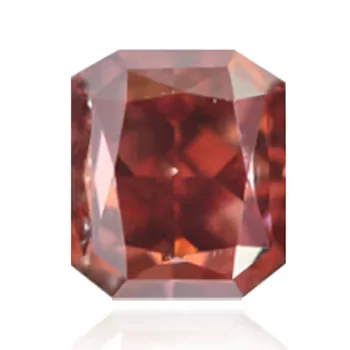





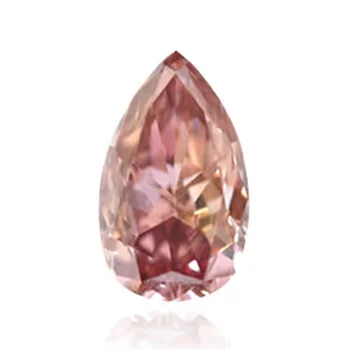
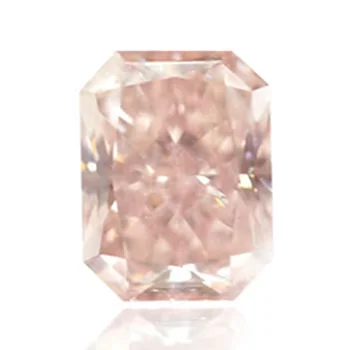
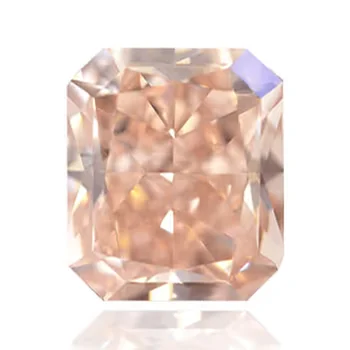
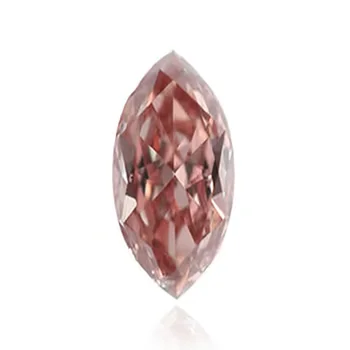
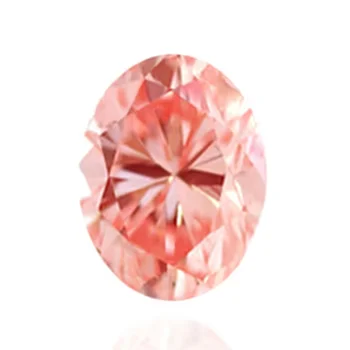
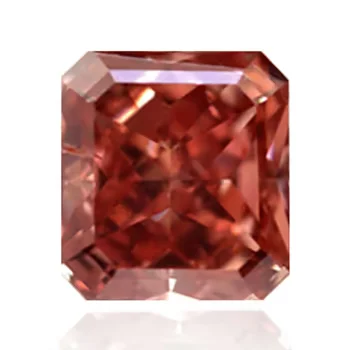
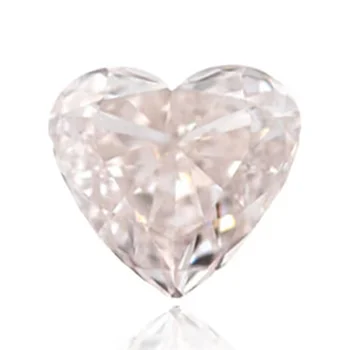
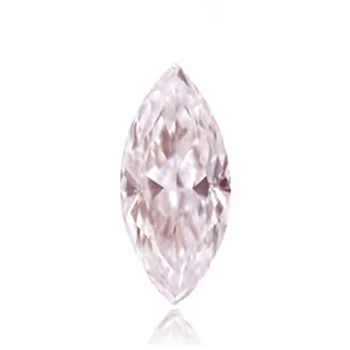


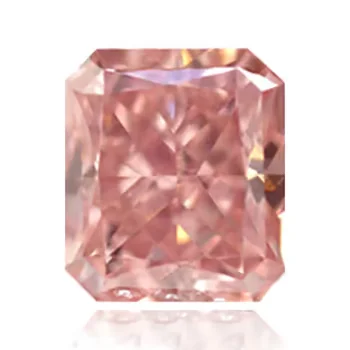
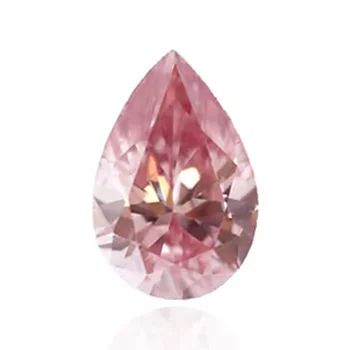
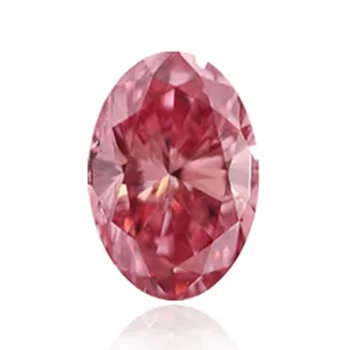


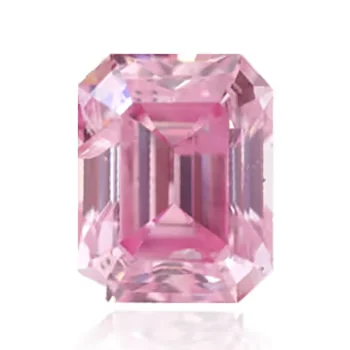
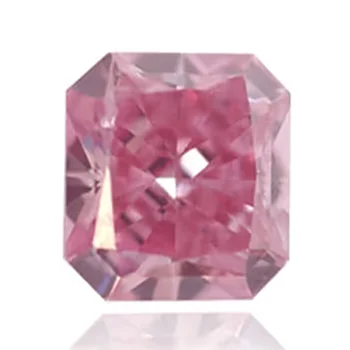
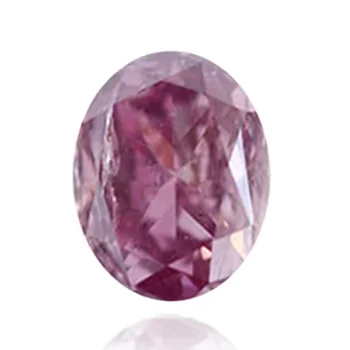
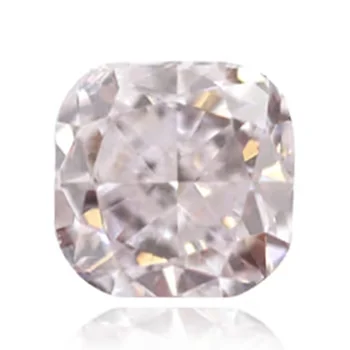
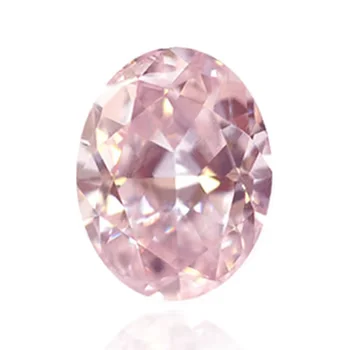
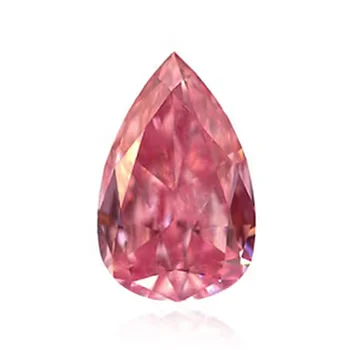
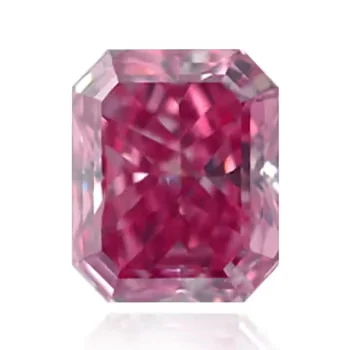


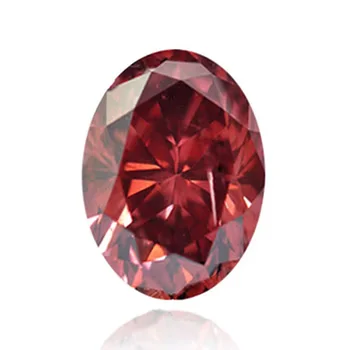
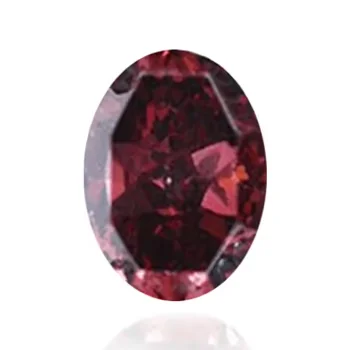


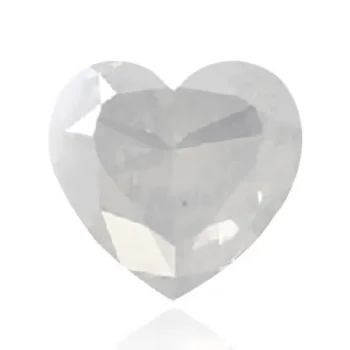
What Is a Diamond Color?
While many diamond enthusiasts believe the finest diamonds are colorless, there is something unique to understand about diamond color. Colorless diamonds are esteemed for their absence of body color, and those displaying subtle body tints have trace elements in the crystal. The 4Cs is a universally acknowledged system for assessing diamonds. In this system, the more colorless the stone, the higher its perceived value.
Similar to other naturally sourced gems, diamonds may showcase various degrees of yellow, brown, or even grey tints due to slight impurities in the crystal. However, when stones exhibit a noticeable presence of appealing tints, this category is known as colored diamonds, or even fancy-colored diamonds. These rare variations are highly coveted due to their scarcity and aesthetic appeal.
When evaluating a fancy-colored diamond, a grader considers the stone’s actual color, whether it be green, violet, brown, yellow, pink, blue, or other hues. A gem’s tone is expressed by the degree of color, ranging from light to dark. The saturation denotes the purity of the color’s hue. Since colorless diamonds lack saturation for assessment, they are scrutinized based on the stone’s fire and brilliance.
The color scale
GIA (the Gemological Institute of America) established a global system for grading diamonds years ago, offering both consumers and professionals a standardized means of communicating color. This system is organized in stages, starting from D, denoting the most colorless, to Z, representing the most body color (excluding fancy color diamonds).
The official GIA scale specifically articulates the color range in white diamonds — the D to Z system is never applied to fancy color diamonds. Even though diamonds in this category may exhibit some body color as they approach the lower end, or Z, of the ranking system, the D-Z designation is used to denote the extent of yellow, brown, or grey body color in colorless stones. Trained diamond graders utilize diamond master testing sets containing examples of various diamond colors at intervals along the grading scale to assess the color of the stone being graded.
D color diamonds are exceptionally rare and valuable. However, those towards the end of the scale, such as those in the N to Z range, are infrequently used in jewelry unless they are meant to complement brown or yellow diamond pieces.
Best color and clarity for diamonds
When seeking the ideal diamond, various aspects of the stone warrant consideration. Color is a crucial factor, particularly in larger stones. The choice of metal setting also significantly influences the overall appearance of the selected diamond.
It’s prudent to familiarize your eye with even subtle distinctions in color to ensure the acquisition of the best stone within your budget. Examine several colors to identify the most aesthetically pleasing diamond for your preferences. While you might opt for a D color, the highest designation on the color scale, you might be pleasantly surprised to find that stones in the G-H-I range appear wonderfully white in specific settings. If you choose a yellow gold setting, you can select a lower color diamond on the grading scale, and it will still radiate beautifully as a white stone in that setting.
Clarity is another critical aspect to assess when determining the optimal stone to purchase. The clarity grade is determined using 10x magnification, even though the stone is typically observed with the naked eye. GIA developed a system for communicating diamond clarity, evaluating the number of inclusions or their absence in the diamond. As part of the clarity grade, stones are appraised for their overall face-up appearance. Does it exhibit exceptional sparkle and showcase a brilliant play of light? These factors are taken into consideration.
Similar to the color grading scale, the clarity scale encompasses ratings from completely flawless (F) or its closely related Internally Flawless (IF), all the way down to the most included (blemished) stone, categorized as Included (I), with subcategories 1, 2, 3. Stones falling below these designations would not be suitable for use in jewelry.
Diamond clarity rating
Naturally colored diamonds necessitate a distinct grading approach in the clarity domain. In truth, the majority of diamonds, whether they are colorless or fancy-colored, exhibit some inclusions when magnified. There are situations where the natural blemishes (inclusions) are so minuscule or lightly colored that they are challenging to discern even under 10x magnification. Conversely, more conspicuous inclusions (which consequently fall lower on the clarity scale) are larger, more plentiful, and possibly darker. Such stones will receive a lower ranking on the clarity scale. The comprehensive scale is outlined below:
F & IF Flawless, or Internally Flawless
VVS1 & VVS2 Very Very Slightly Included
VS1 & VS2 Very Slightly Included
SI1 & SI2 Slightly Included
I1 I2 I3 Included
Diamond Color in Fancy Color Diamonds

Diamonds with a single pure hue are highly sought after and often command a higher price. However, since colored diamonds are comprised of multiple elements, stones displaying two or more colors are more common and can also be exceptionally beautiful, serving as the ideal diamond for many.
If the predominant color of a diamond is yellow (representing over 50%), and it also exhibits a relatively pronounced orange hue (let’s say 35%), upon assessment, it would be categorized as an orange-yellow diamond. If the secondary color in the same stone is rather faint (let’s say only 15%), it would be referred to as an orangy-yellow diamond.
Secondary Diamond Color Combinations
Aside from yellow, green diamonds are the only color that has ten possible secondary colors, which are yellow, yellowish, blue, bluish, brown, brownish, gray, grayish, gray yellowish, and grayish yellowish.
PureGreen
YellowGreen
YellowishGreen
BlueGreen
BluishGreen
BrownGreen
BrownishGreen
GreyGreen
GreyishGreen
GreyYellowishGreen
GreyishYellowishGreen
White and black diamonds only come in just one color intensity level, Fancy, but they also do not have secondary colors, just a single pure hue.
PureFancy White
PureFancy Black
Chameleon diamonds on the other hand can be green or yellow and can have a gray yellowish, grayish yellowish, gray, or grayish secondary color if green or a gray greenish, brownish greenish, or green yellow if yellow.
Grey YellowishGreen
GreyishYellowishGreen
GreyGreen
GreyishGreen
Grey GreenishYellow
Brownish GreenishYellow
Green YellowYellow